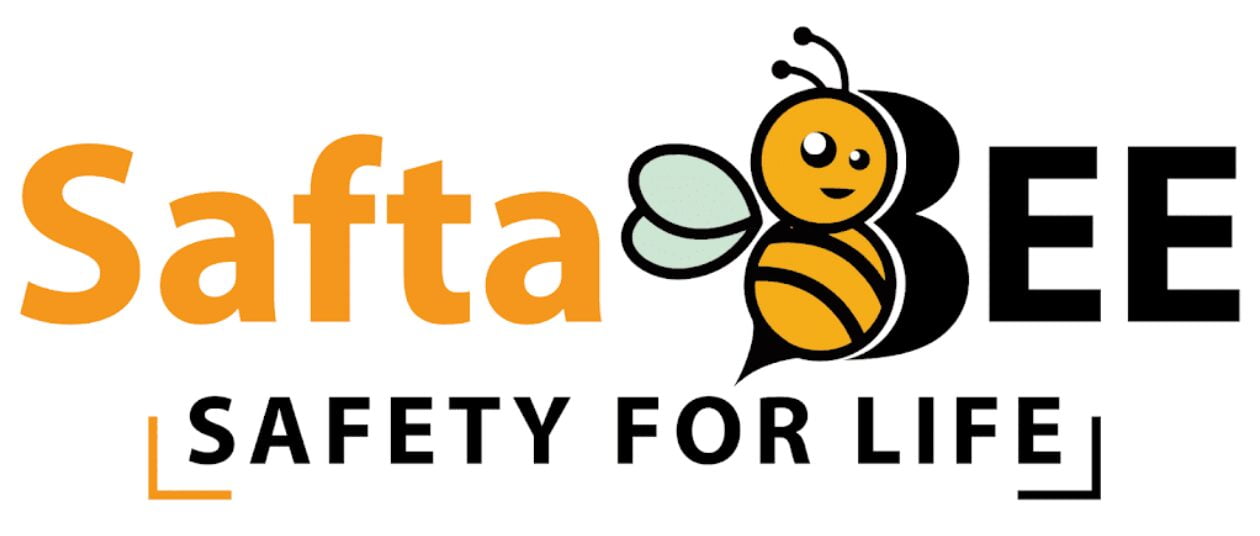Honey Bee
Five ways to maximize the production of your Honey Farms
Five ways to maximize the production of your Honey Farms
Honey production varies from season to season depending on the climate and season or living condition on which the bees are getting to do. The greatest purpose of bee farming is to get honey which honey bees produce in their beehives. To get a good amount of honey is a great challenge for the harvesters who work very hard to acquire a good amount of honey at harvest time. Yet the amount harvested differs from time to time as it depends upon the food resources, humid environment as well as on the health of bees. Thus again, the honey production depends on a number of factors that could be:
- The Weather
- Food availability
- Queen’s health
- Structure of hive
- Safety of hive
- Population or quantity of bees in a hive
- The professionalism of the beekeeper
In above mentioned facts, the most important factor is the professionalism of the beekeeper. The more he knows about bee keeping and honey production the more yields you will be able to get.
Tricks that will maximize the honey production:
The main thing that is needed for the bees is the perfect and life forging environment in which they can flourish. The clumsier it would be, it will affect the health of the honey bees. It is necessary to farm your honey hives at a place that is airy and suitable for the honey bees.
Food supply is also the main factor that will boost your honey production. A good apiary location with rich nectar plants are something that your honeybees will love. The best nectar plants for bees are citrus, apple, guava, pear, banana, bean, peas, Maringa spp, mango, pawpaw and other plants and shrubs that are enriched with flowers. These plants should be in an area less than one kilometer or nearer as more they are given a chance to collect nectar, more early they will fill their hives with honey.
Location of apiary
The location of the apiaries should be at least 3 to 5 kilometers farther from each other to maximize the honey yield. A professional beekeeper never puts the honey yards closer as they affect the attractiveness of food and the honey production is minimized due to the bee population. On contrary each honey yard should be located at least 3 to 4 kilometers farther and between the food sources to boost the honey production of each yard.
Queen Bee Health
The health of the queen is the matter of serious attention when you are discussing the factor that will boost honey production. A healthy and young queen is strong and vigorous and lays more eggs than the old or fragile one. The honey queen lays eggs fervently for two years, than the production of eggs gets decreasing. It is better to monitor the egg production in the beehive as regularly as you can do. Check out the cells if they are filled with eggs or empty. If they are empty, a sign of queen’s replacement is here. Sometimes, the bees in a hive themselves choose a queen and make some super sedure cells near or outside the hive. If you notice something like this, don’t ruin it, it’s the preparation to supersede the queen with a new and vigorous queen who will lay more eggs and will maximize honey production. Some queen bees lay eggs regularly even in the third year, but the possibility or swarm is still there. The beekeepers need to keep a check on them to reduce the possibility of utter risk.
Beehives’ structure
The beehives’ structure and safety is another factor that will maximize the honey production. Your beehive should be airy, wide and safe. The chances of swarm and attack of predators always are the big dangers faced in honey production. If your beehive isn’t grown full strength in time, at the start of blooming nectar, your honey yield will be minimized. It is seen with evidences that the bees who keep on collecting nectar for their brooms are able to make less honey as compared to those who don’t have to effort for the brooms. It is seen that it takes 42 days for an egg to convert into a foraging bee.
The good hive management also maximizes the honey production; to add five bars at a time for the bees to draw the comb until the hive is filled with honey completely. To get this start your hive with five bars and save the others to block the division board. Check these hives from time to time for ripe honey combs in flow period. Get removed the filled cells and place it in the hive as soon as possible to not to interact bees procedure of honey production. Check the swarming too, as during this the queen takes about 60% of the bees with her from parent colony. The signs of swarming are the large number of queen cells outside the hive so try to reduce and check it with re-queening, removal of queen cells, and providing enough space for bees to prosper.
The best managed beehive during August and January leads you to a ripened honey production and a healthy populous bee yard. To produce a healthy populous hive in pre necturing seasons, feed the bees 1:1 of the sugar and other protein. This will save the honeys from food hunting and the effects of wind and cold giving you a rich and populous healthy honey farm.
